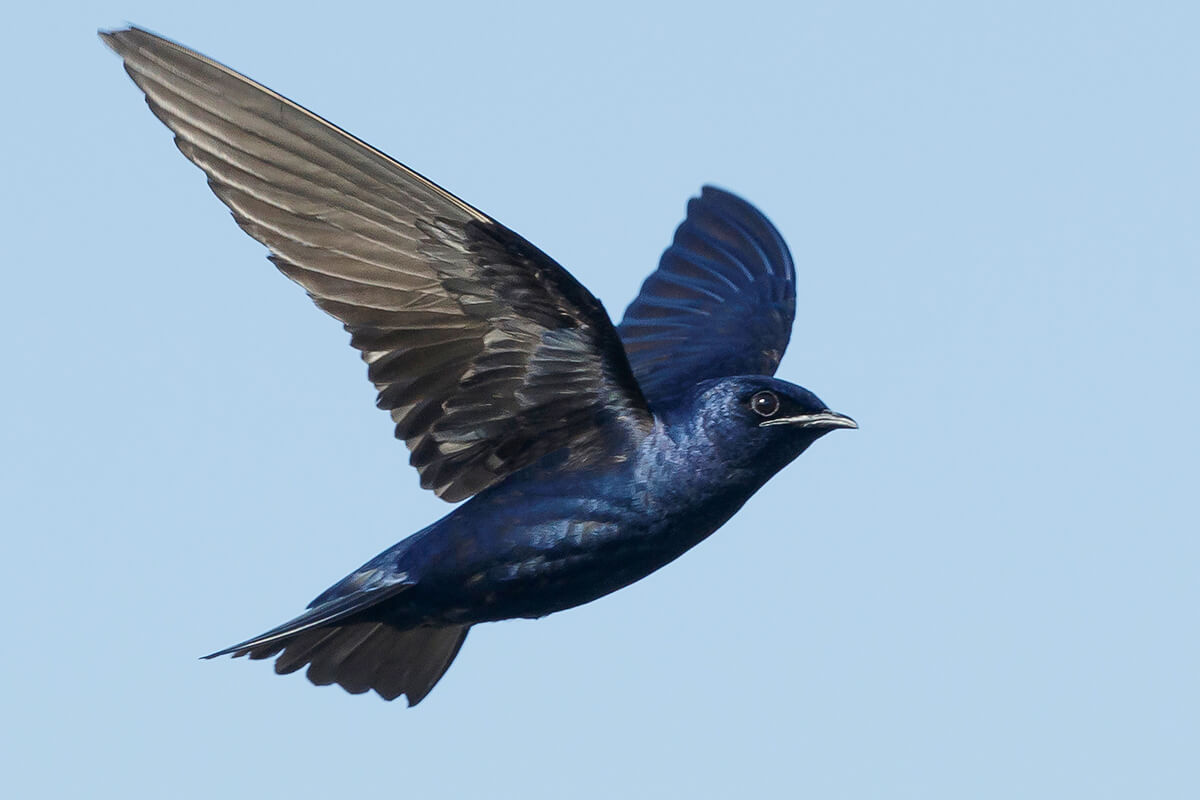New Study: Neonicotinoids Found to Drive Butterfly Declines More Than Any Other Environmental Variable

A new study published in PLOS ONE indicates that agricultural insecticides are significantly contributing to the decline of Monarchs and other butterfly species across the American Midwest. Using 17 years of land use, weather, multiple classes of pesticides, and butterfly survey data across 81 counties in 5 Midwestern states, researchers found that shifts in pesticide use are associated with an 8 percent decline in butterfly species diversity and individual population declines. These findings include the decline of the migratory Monarch Butterfly, with insecticides contributing to a comparative decline of 33 percent. Among the biggest culprits are seeds coated with neonicotinoids, or “neonics,” providing further scientific evidence that stricter regulations must be put in place to halt population declines of insect pollinators and the birds they sustain.
“With this alarming study, the mountain of evidence for the environmental harms of neonics continues to grow,” said Hardy Kern, Director of Government Relations, Pesticides and Birds Campaign at American Bird Conservancy (ABC). “We now know for a fact that neonics are directly causing populations of insects to decline, reducing a critical food source for birds, as well as harming birds directly. To ensure a safer, less toxic future for birds, the Environmental Protection Agency needs to address how seed treatments are regulated. These chemicals pollute soils and waterways, affecting creatures far from the aphids or grubs they're intended to kill. Neonics are widely banned in Europe due to their demonstrated environmental harm, but in the U.S. we continue to permit their use. The EPA must act now to stop the devastating effects of neonics on wildlife.”
An astonishing 96 percent of all terrestrial North American bird species rely on insects, including the many nontarget insects killed by neonic-based pesticides. These insects are especially important for young migratory birds, which require a steady diet of protein-rich insects like caterpillars to grow quickly and fuel up for migration. The new study shows that a wide range of butterfly species are negatively impacted by neonics, reducing important food sources for birds. In some cases, when adequate insect prey is not available, birds will turn to less nutritious foods such as seeds. This can include those found on plants in the wild, as well as the neonic-coated seeds used in commercial food production.
ABC's 2023 report found that just one seed treated with neonics is enough to kill a songbird, and a more recent study found that neonics could impair seed-eating songbirds' ability to migrate. The birds most likely to be impacted are grassland species, which have suffered the steepest declines of any North American bird group in the past 50 years.
"The evidence is clear: EPA's lack of neonicotinoid seed coating standards is causing devastation to wildlife. Banning these unnecessary uses of neonics is perhaps the simplest and most impactful action we can take to help birds and pollinators,” Kern said. “Healthy pollinator populations are essential to healthy habitats."
Some states have taken action on neonics, but they remain the most widely used pesticides, applied to crops like corn, cotton, sugar beet, and soybeans. Neonics applied as seed coatings also evade much of the scrutiny other pesticides are subjected to, due to a regulatory loophole in federal pesticide law.
While it focuses on declines in butterfly species, this study provides real-world evidence of the ecosystem damage neonics can cause, especially when combined with other environmental stressors including habitat loss and climate change.
“More than herbicides, more than spraying the chemicals on the plants themselves, seed coatings are a major problem for birds and the food they need to rear their chicks. We need to do better for the birds and for the planet we all depend on,” said Kern.
ABC has been documenting the rise of neonics and advocating for stricter regulation of these extremely dangerous chemicals. Here are some ways to help:
- Join ABC in advocating for a strong Farm Bill that includes funding to restore grasslands and help recovering bird populations.
- Support the move away from conventional synthetic pesticides on crops grown for wildlife.
- Learn more about the impacts neonicotinoids and other pesticides can have on birds in our webinar.
- And, find out how you can go pesticide-free and turn your backyard into a safe haven for birds.
Whether we are advocating in individual states or with the federal government, writing technical comments, submitting long legal briefs, educating lawmakers, or writing op-eds, ABC will continue to take action for birds.
###
American Bird Conservancy (ABC) takes bold action to conserve wild birds and their habitats throughout the Americas. Inspired by the wonder of birds, we achieve lasting results for the bird species most in need while also benefiting human communities, biodiversity, and the planet's fragile climate. Our every action is underpinned by science, strengthened by partnerships, and rooted in the belief that diverse perspectives yield stronger results. Founded as a nonprofit organization in 1994, ABC remains committed to safeguarding birds for generations to come. Join us! Together, we can do more to ensure birds thrive.
Media Contact
Jordan Rutter
Director of Communications
media@abcbirds.org


















































